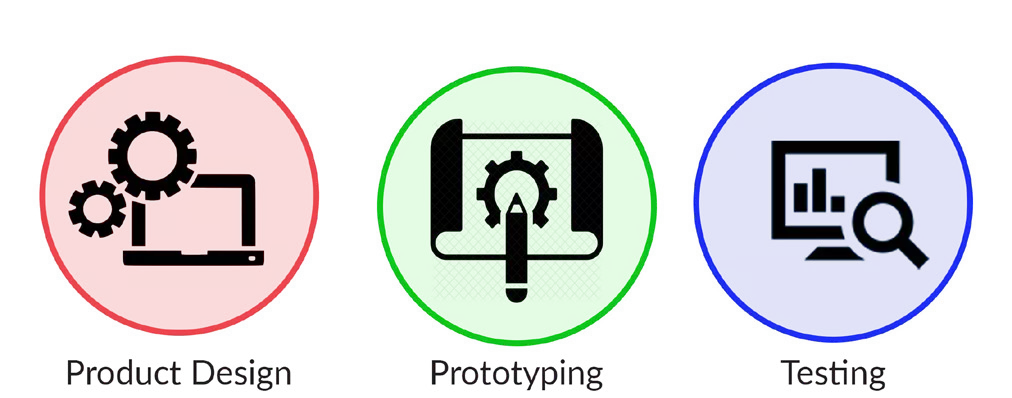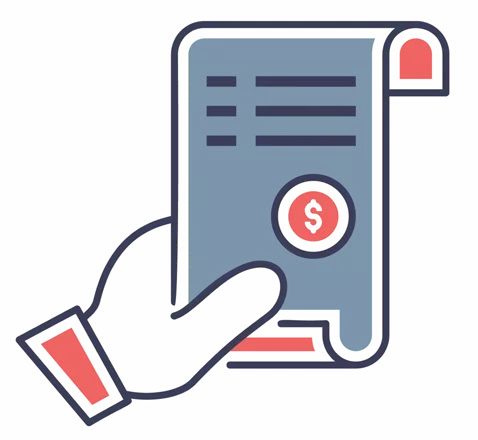Top 4 Reasons Your Electronics Development Team Can't Deliver on Time
Your electronics team is trying to keep tabs on a complex supplier web as your supply and demand change daily. Sustaining operations demands an enormous effort that leaves you worn out. Unstable external pressures keep you wondering what tomorrow will bring.
But there are factors within your control that can reduce your struggle to deliver on time. Here are four issues we see holding our customers back; we’ll show you what you can do to avoid or minimize these project derailers.
You Haven’t Committed to the Full Product Development Lifecycle
All stakeholders including engineering, product owners, procurement, and management need to understand the product lifecycle and acknowledge where your product currently stands.
Checkpoint
If you’re still using last year’s data, you’re pushing your engineers and procurement managers into impossible scenarios with no real outcomes.

Engineering may want to take more time, but if the product meets exit criteria, it’s time to move forward. Product owners or management may attempt to run product timelines by their business needs, but that’s rarely the best business answer.
Although this may feel inefficient in the short term, it’s crucial to uncover issues at each stage and pay attention to the exit criteria at each step. This limits or eliminates larger problems later that can completely derail your schedule or worse – ruin your brand reputation.
The full product development cycle includes:
Engineering may want to take more time, but if the product meets exit criteria, it’s time to move forward. Product owners or management may attempt to run product timelines by their business needs, but that’s rarely the best business answer.
Although this may feel inefficient in the short term, it’s crucial to uncover issues at each stage and pay attention to the exit criteria at each step. This limits or eliminates larger problems later that can completely derail your schedule or worse – ruin your brand reputation.

The full product development cycle includes:
- Prototyping / Electrical Validation Testing (EVT)
- This stage confirms your electrical design’s purpose and functionality. Runs are typically 10-25 units.
- Exit criteria: A production-worthy design meeting all product requirements (functionality, reliability, and performance).
- Design Validation Testing (DVT)
- Non-electrical elements like enclosures, screws, etc. get added to the mix as you build out the entire product. This stage allows for variation validations and sets the stage for production. Expect runs of 10-50 units.
- Exit criteria: You have high confidence that any problems affecting mass production yields have validated corrective actions in place.
- Production Validation Testing (PVT)
- Your ideal design gets tested to ensure it will work at scale. Minor tweaks address remaining roadblocks before moving to mass production. Runs may be as little as 50 units to over 1K.
- Exit criteria: You can create mass production yields at mass production speeds.
- Mass Production (MP)
- After PVT, the design moves into Ramp, continually improving ongoing yield.
- Design changes may still happen based on returns or early field failure analysis (EFFA).
- Ongoing reliability testing happens throughout this stage.
The product development lifecycle exists to ensure production runs smoothly and reliably and delivers a quality product; if you skip it, the universe tends to push you back to the stage you have earned. When that happens, schedules go out the window until problems get solved. And without a proper life cycle evaluation, additional problems after build become more likely, with associated field service, RMA expenses, and other costs.
Want to learn more? Read The Electronics Product Development Lifecycle: Leading as a Product Owner now.
Your BOM Limits Your Options
Electronics sourcing has changed. Years ago, engineering teams could adhere to strict pricing models, timelines, and design disciplines. But in today’s market, component availability and price volatility mean the cost and availability of your BoM change by the hour. Successful teams recognize the need to be flexible, create alternative options, and default to moving forward when decent – not optimal – options become available.

Many production customers at MacroFab now take advantage of our multi-BoM support to give their teams multiple options to fulfill production releases. MacroFab’s unique multi-BoM approach enables us to flexibly source for multiple design iterations that all lead to successful product runs.
Additionally, providing a trusted CM with a pre-approved PPV (price purchase variance) can build in more sourcing flexibility and speed, and help your CM source materials faster by allowing them to bypass back-and-forth communication. A pre-approved PPV lets your CM purchase materials at a set rate above your contracted rate without additional approvals. Recent stories abound of parts that were no longer available after a short approval period, or of parts that went up in prices tenfold overnight. Enabling your CM to act immediately when they find your parts reduces this risk.
Want to learn more? Read Risk Management Tips for PCB Design and Manufacturing now.
You’re Working from Old Data
Today’s market runs on knowledge and agility. For some components, availability and price change by the minute. The same can be said about factory capacity.

If your team is working from last week’s or last month’s pricing data, it may be time for an update. If you’re still using last year’s data, you’re pushing your engineers and procurement managers into impossible scenarios with no real outcomes. This may even affect product viability.
Working with access to real-time or near real-time market data helps you adjust expected project margins to create better outcomes for your stakeholders. It lets you refine delivery timelines and make confident decisions and commitments to customers using real sourcing and price information.
Most of all, when you expect a quote from your vendor, prepare your team to make a decision. Any delay can mean an outdated quote or components that are no longer available. Work with your team to understand your go-forward parameters before the quote comes back, and be prepared to act if it meets your team’s criteria.
You’ve got a Budget, and You’re Sticking to It

While Dave Ramsey might be proud of your electronics team for sticking to the budget, now is not the right time for rigidity in your electronics buying. The electronics market requires flexibility to diversify your supplier channels, find reliable partners, and adopt modern supply chain practices as you work to overcome today’s demands.
The business cycle has shifted and so you should think about shifting with it. Components may cost more or may be unavailable. Shippers are in high demand. Factories may have long wait times. Refusing to acknowledge this new environment because it doesn’t meet outdated cost expectations places additional obstacles in your way. And no one needs more challenges right now. Consider: when did you come up with that target price?
Work with your CM to create a strategic plan optimizing your build by condensing processes as much as possible while maintaining quality. This is the best way to reduce costs and get products to customers on time.
Deliver on Time with MacroFab
Mitigating electronics manufacturing delays starts with understanding where manufacturing processes can go wrong. We’ve highlighted the four key reasons here, giving you a starting point if you struggle with on-time deliveries. For those needing more support, MacroFab can help.
We streamline every step of the electronics manufacturing process, from prototyping to full-scale production. We also provide access to a vast network of vetted, North American-based suppliers that expand your sourcing options. And our platform users have access to real-time data, helping them stay agile in today’s changing and challenging industry.
Related Topics
Improve Your Next PCB Prototype: Better Debugging, Testing, and Reliability
Enhance PCB prototypes with debugging, testing, and reliability features. Get design tips like test points, power management, and signal integrity testing
Top Things You Should Know About Prototyping PCBAs in the USA
Thanks to platforms like MacroFab, electrical engineers can now find viable prototyping options in the U.S. more easily than before.
The Last 5 Checks Before Uploading Electronics Prototype Designs
Your success in PCB prototyping depends on following a robust final checklist to address all design details.
Learn More About MacroFab and How Our Approach Accelerates Electronics Manufacturing.
You can also reach out to our team as you begin to optimize your manufacturing process, expand your BOMs, update your pricing models, and prioritize strategic partnerships.
About MacroFab
MacroFab offers comprehensive manufacturing solutions, from your smallest prototyping orders to your largest production needs. Our factory network locations are strategically located across North America, ensuring that we have the flexibility to provide capacity when and where you need it most.
Experience the future of EMS manufacturing with our state-of-the-art technology platform and cutting-edge digital supply chain solutions. At MacroFab, we ensure that your electronics are produced faster, more efficiently, and with fewer logistic problems than ever before.
Take advantage of AI-enabled sourcing opportunities and employ expert teams who are connected through a user-friendly technology platform. Discover how streamlined electronics manufacturing can benefit your business by contacting us today.